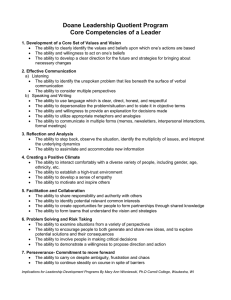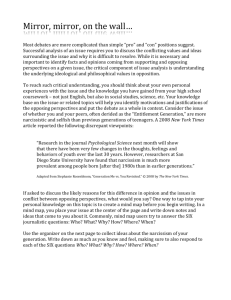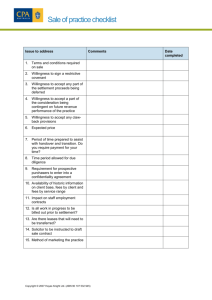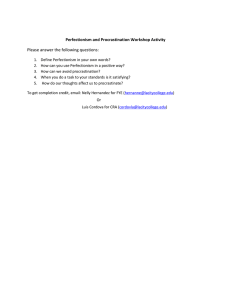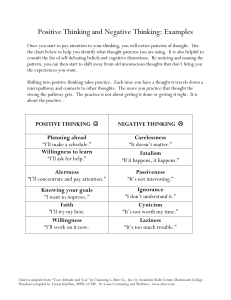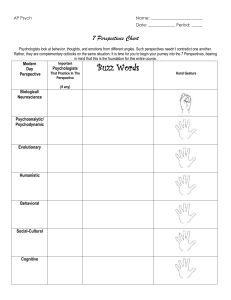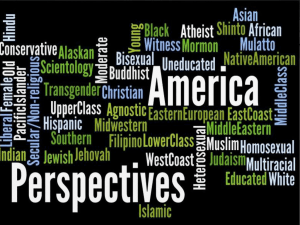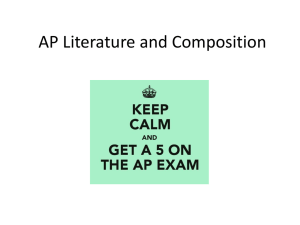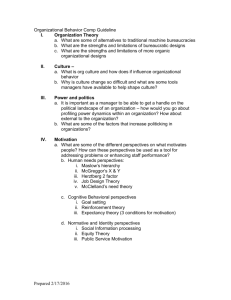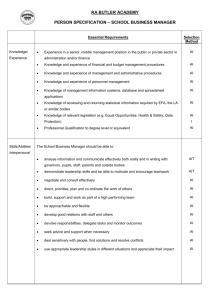Psychology Perspectives on Pro-Social Behavior Worksheet
advertisement
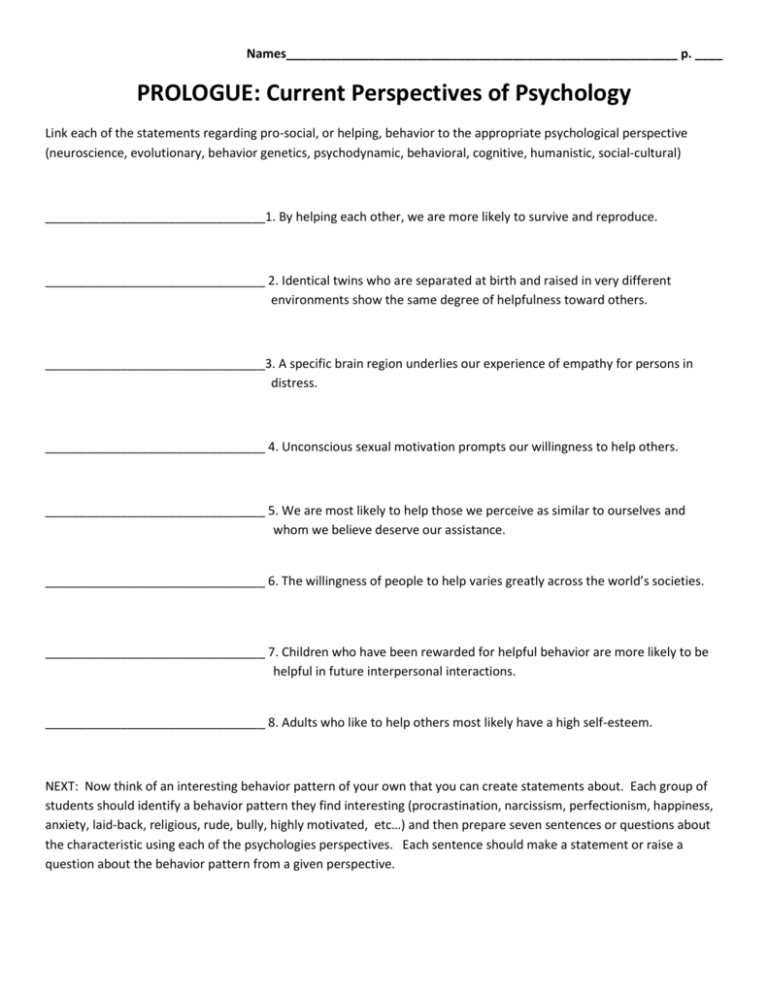
Names_________________________________________________________ p. ____ PROLOGUE: Current Perspectives of Psychology Link each of the statements regarding pro-social, or helping, behavior to the appropriate psychological perspective (neuroscience, evolutionary, behavior genetics, psychodynamic, behavioral, cognitive, humanistic, social-cultural) ________________________________1. By helping each other, we are more likely to survive and reproduce. ________________________________ 2. Identical twins who are separated at birth and raised in very different environments show the same degree of helpfulness toward others. ________________________________3. A specific brain region underlies our experience of empathy for persons in distress. ________________________________ 4. Unconscious sexual motivation prompts our willingness to help others. ________________________________ 5. We are most likely to help those we perceive as similar to ourselves and whom we believe deserve our assistance. ________________________________ 6. The willingness of people to help varies greatly across the world’s societies. ________________________________ 7. Children who have been rewarded for helpful behavior are more likely to be helpful in future interpersonal interactions. ________________________________ 8. Adults who like to help others most likely have a high self-esteem. NEXT: Now think of an interesting behavior pattern of your own that you can create statements about. Each group of students should identify a behavior pattern they find interesting (procrastination, narcissism, perfectionism, happiness, anxiety, laid-back, religious, rude, bully, highly motivated, etc…) and then prepare seven sentences or questions about the characteristic using each of the psychologies perspectives. Each sentence should make a statement or raise a question about the behavior pattern from a given perspective.
